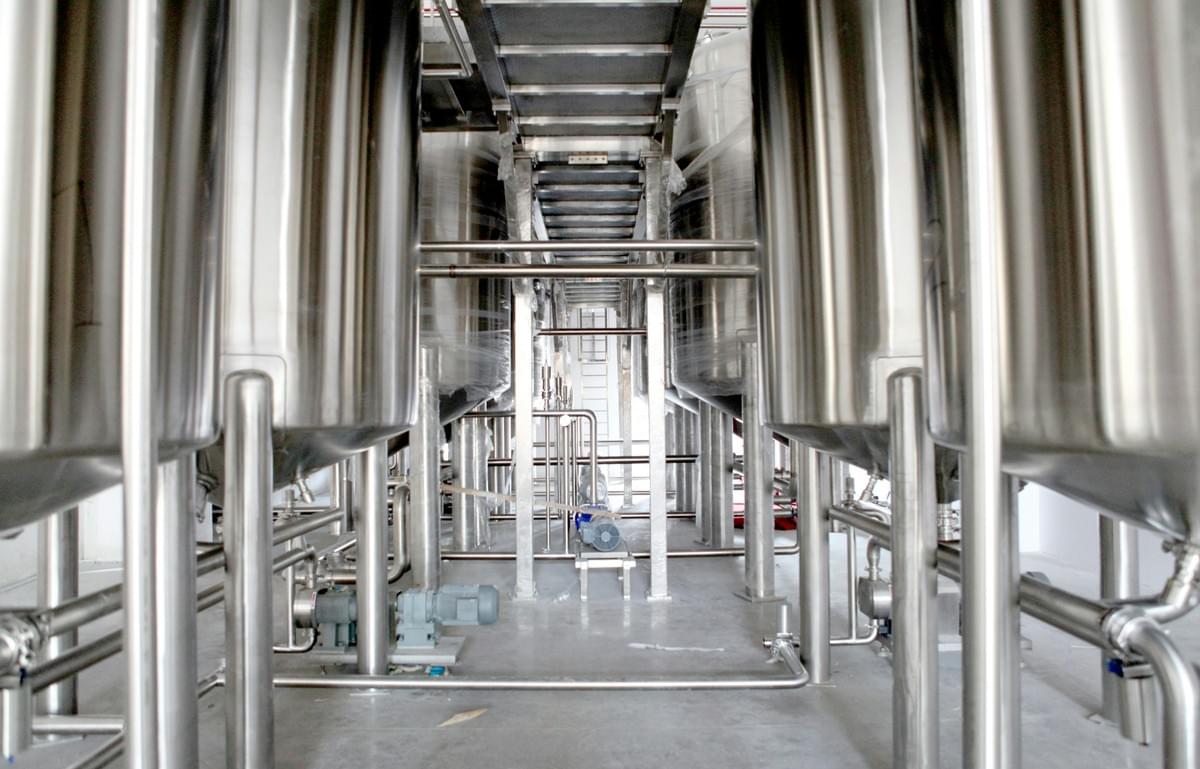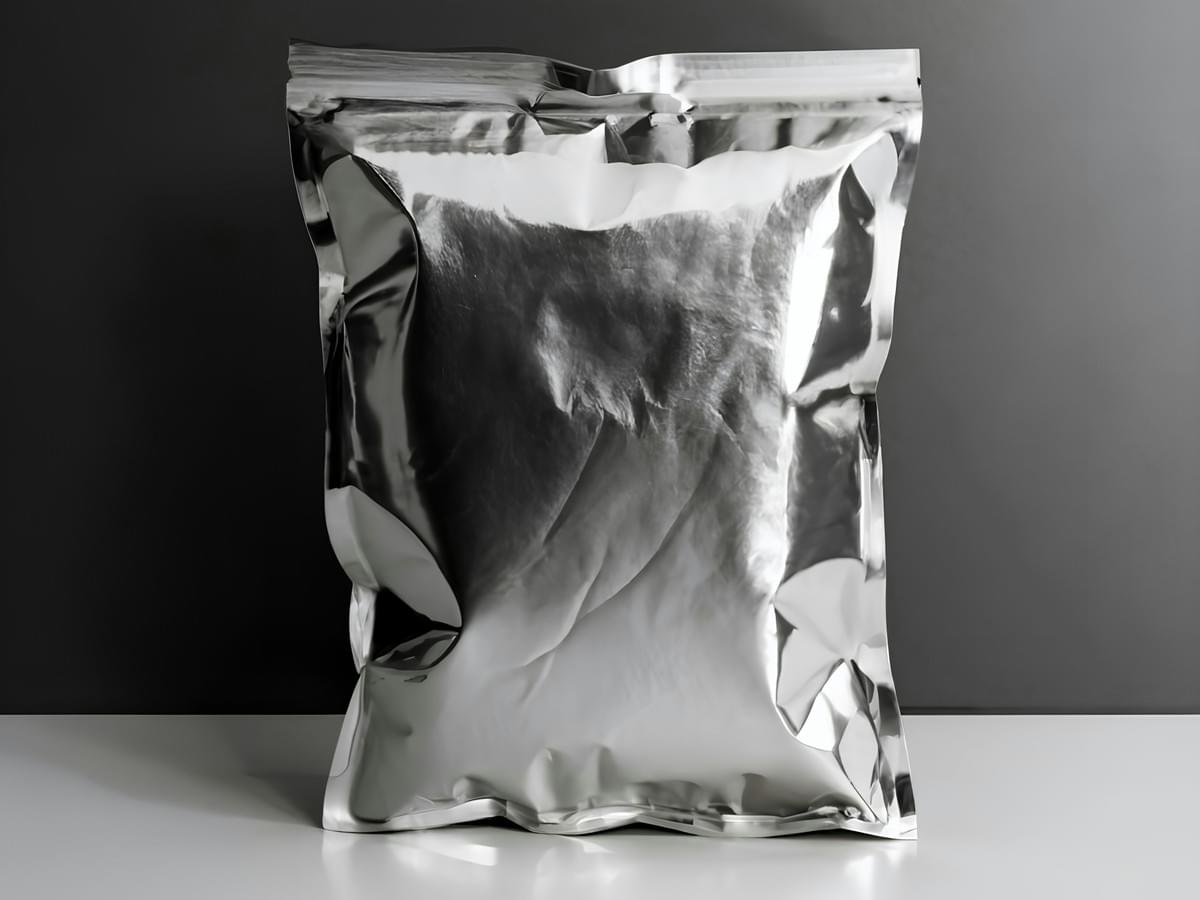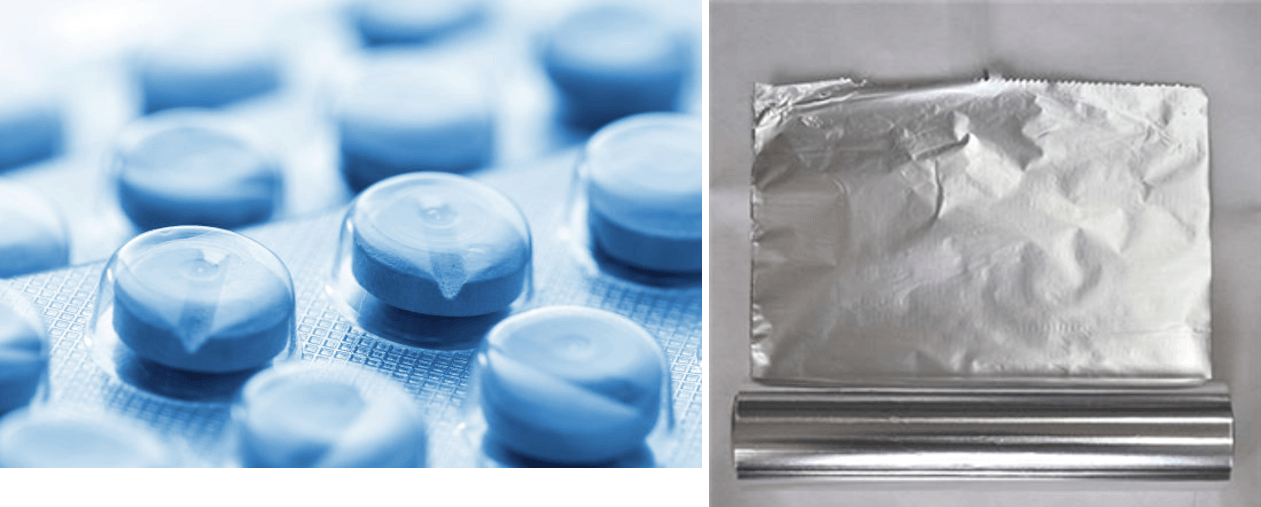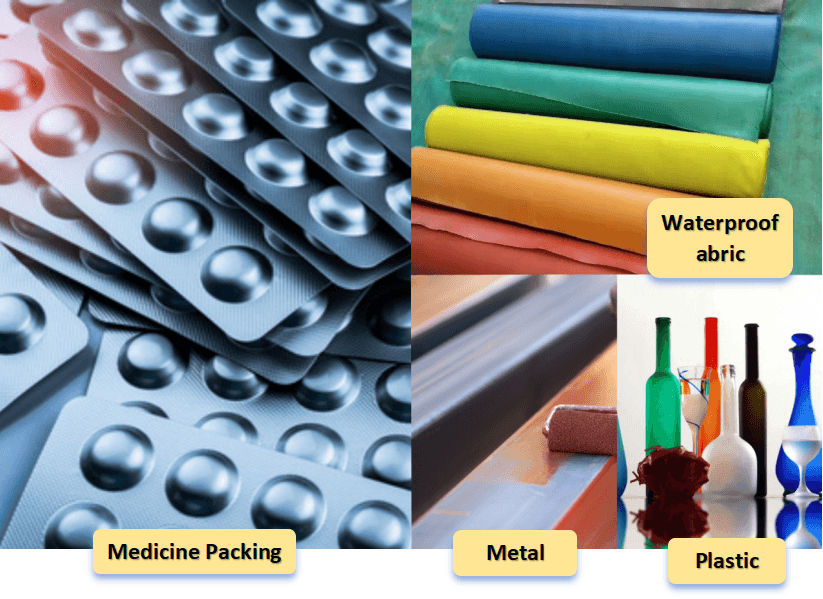Introduction

In a world increasingly focused on sustainability, the importance of sustainable packaging cannot be overstated. As consumers become more environmentally conscious, businesses are seeking innovative solutions that reduce their ecological footprint. Water based lamination emerges as a key player in this shift, offering an eco-friendly alternative to traditional methods.
Importance of Sustainable Packaging
Sustainable packaging is critical for reducing waste and minimizing the environmental impact of products. With the rise of disposable items, companies are pressured to find alternatives that align with eco-friendly values. By adopting sustainable practices like water based lamination, businesses can improve their brand image while contributing to a healthier planet.
What is Water Based Lamination?
Water based lamination is a process that applies a protective layer to various materials using water-soluble adhesives instead of harmful solvents. This method not only enhances durability but also ensures safety in applications ranging from food packaging to textiles. In essence, it’s like giving your products a shield made from nature itself—minus the toxic fumes!
Benefits of Using Water Based Lamination
The benefits of using water based lamination are manifold and compelling for manufacturers and consumers alike. For starters, it’s non-toxic and safe for consumer use, making it ideal for sensitive applications such as medical adhesive or glue for textile purposes. Additionally, this technique often proves more cost-effective than traditional industrial adhesive methods while still delivering superior performance through enhanced moisture resistance and overall longevity.
Understanding Water Based Lamination

Water based lamination is a fascinating process that combines technology and sustainability to enhance packaging solutions. By using a water-based adhesive, this method not only protects products but also minimizes environmental impact. Understanding the mechanics behind this technique can help industries make informed choices in their packaging strategies.
The Science Behind Water Based Lamination
At its core, water based lamination involves applying a layer of adhesive that is primarily composed of water, rather than solvents, to bond two substrates together. This innovative approach allows for a cleaner application process while reducing harmful emissions typically associated with solvent-based adhesives. The result is a strong, flexible laminate that retains the integrity of the materials used, making it perfect for applications such as medical glue and industrial adhesive.
In addition to being eco-friendly, the science behind water based lamination ensures that the final product is safe for consumers and the environment alike. The non-toxic nature of these adhesives means they pose minimal risk when used in food or medical packaging applications. As industries shift towards sustainable practices, understanding this science becomes crucial for making responsible choices in materials like lamination sheets.
Applications in Flexible Packaging
Flexible packaging has seen a significant transformation with the introduction of water based lamination techniques. This method is particularly popular in sectors like food and beverage where maintaining freshness and safety is paramount; using water based lamination helps achieve just that without compromising on quality or safety standards. In addition to food packaging, this technique finds its footing in medical applications where hygiene and sterility are essential—think medical adhesive for reliable sealing.
The versatility of water based lamination extends beyond traditional uses; it’s also gaining traction in textile applications where glue for textile bonding provides durability while remaining environmentally friendly. Laminators with sheets designed specifically for these purposes allow manufacturers to create custom solutions tailored to their needs without sacrificing sustainability goals. From pouches to labels, the breadth of applications showcases how flexible packaging can evolve through innovative processes like water based lamination.
Comparing Water Based vs Solvent-Based Lamination
When weighing options between water based and solvent-based lamination, several factors come into play—environmental impact being one of them! While solvent-based adhesives often release volatile organic compounds (VOCs) into the atmosphere during application, water based alternatives significantly reduce these emissions thanks to their lower toxicity levels. This not only makes them safer for workers but also aligns better with global sustainability initiatives.
Moreover, performance-wise, both methods have their strengths; however, water based laminates tend to offer superior clarity and gloss compared to their solvent counterparts—an important aspect when considering aesthetic appeal in flexible packaging designs! Additionally, switching from solvent-based systems can lead companies toward cost-effective production processes as they explore new formulations like those found in Chemix's offerings—a win-win situation all around!
In summary, understanding the nuances between these two types of laminations can empower businesses to make informed decisions about their adhesive choices while aligning with eco-friendly practices moving forward into our greener future!
The Advantages of Water Based Lamination

Water based lamination is quickly becoming the go-to choice for businesses looking to enhance their packaging solutions while being environmentally conscious. With a range of advantages, this technique not only meets consumer demands but also aligns with sustainable practices that benefit the planet. Let’s explore the key benefits that make water based lamination a smart choice for various industries.
Environmentally Friendly Practices
One of the standout features of water based lamination is its environmentally friendly nature. Unlike traditional solvent-based adhesives, which can release harmful volatile organic compounds (VOCs) into the atmosphere, water based options use water as a primary solvent, significantly reducing harmful emissions. This makes water based lamination an ideal glue for textile applications and flexible packaging, supporting companies in their quest for greener practices.
Moreover, many manufacturers are now prioritizing sustainable materials and processes in their production lines, making water based lamination a perfect fit. By opting for this eco-conscious method, businesses can enhance their brand image while contributing to global sustainability efforts. In an era where consumers are more informed than ever about environmental issues, choosing water based lamination can be a game-changer.
Non-Toxic and Safe for Consumers
The non-toxic nature of these adhesives ensures that products packaged using this method do not pose health risks to consumers or workers involved in production processes. Whether it's medical adhesive used in healthcare packaging or industrial adhesive for everyday items, safety remains a top priority.
Additionally, with growing concerns about chemical exposure from traditional laminating methods, consumers are increasingly seeking safer alternatives like those offered by water based lamination techniques. This trend not only protects end-users but also fosters trust between brands and consumers—an invaluable asset in today’s market landscape. The peace of mind associated with non-toxic materials makes it easier for companies to promote their commitment to safety.
Cost-Effectiveness in Production
When it comes to production costs, businesses are always on the lookout for effective ways to cut expenses without sacrificing quality—and here’s where water based lamination truly excels! Utilizing this method often results in lower material costs due to reduced waste and increased efficiency during application processes with laminator with sheets compared to traditional methods using solvent-based adhesives. As industries continue striving towards cost-effective solutions without compromising on performance or safety standards, embracing innovative technologies like water-based resin solutions becomes essential.
Furthermore, as demand grows for sustainable products across various sectors—from food packaging to textiles—companies adopting these efficient practices will likely enjoy competitive advantages over those sticking with outdated methods like solvent-based options or conventional medical glue techniques that may not hold up under scrutiny anymore. Investing in cost-effective solutions such as water based lamination ultimately leads to enhanced profitability while promoting responsible manufacturing practices.
Chemix's Water-Based Resin Solution

Overview of Chemix's Innovative Technology
Chemix’s water-based resin technology harnesses advanced formulations that are not only eco-friendly but also highly effective in bonding materials. The resins are designed for use with lamination sheets, providing a strong yet flexible hold that is ideal for multiple applications, including textiles and food packaging. By utilizing water as a solvent, these resins reduce harmful emissions typically associated with traditional industrial adhesives, making them safer for both users and the environment.
Benefits of Using Chemix's Water-Based Resin
One of the standout benefits of using Chemix's water-based resin is its non-toxic nature, which makes it an excellent choice for medical glue applications where safety is paramount. Additionally, this adhesive solution offers superior adhesion properties without compromising on flexibility or durability—qualities essential in products like glue for textile or medical adhesive uses. Moreover, the cost-effectiveness of these resins ensures that businesses can maintain quality while minimizing production expenses.
Comparing Chemix's Solutions to Traditional Adhesives
When comparing Chemix’s solutions to traditional adhesives, several key advantages emerge prominently. Unlike solvent-based options that can emit harmful fumes and require extensive safety measures during application with laminators equipped with sheets, Chemix’s water based lamination solutions provide a much safer working environment. Furthermore, while traditional industrial adhesives may involve complex cleanup processes due to their chemical compositions, Chemix’s products simplify this aspect with their easy-to-clean nature—making them a smart choice for any production line focused on efficiency and sustainability.
Real-World Applications of Water Based Lamination

Water based lamination is revolutionizing various industries by providing sustainable and efficient solutions. Its versatility makes it a go-to choice for applications where durability and safety are paramount. From food packaging to medical supplies, the benefits of water based lamination are evident in real-world scenarios.
Flexible Packaging in Food Industry
In the food industry, flexible packaging is essential for preserving freshness and ensuring safety. Water based lamination serves as an effective barrier against moisture, oxygen, and contaminants, making it ideal for food products. Utilizing lamination sheets with water based adhesives not only enhances shelf life but also aligns with eco-friendly practices that consumers increasingly demand.
Moreover, manufacturers benefit from using industrial adhesive options that are both efficient and safe for food contact. The non-toxic nature of water based lamination ensures that there are no harmful chemicals leaching into food products, safeguarding consumer health. As more brands transition to sustainable practices, the demand for water based laminators with sheets continues to rise.
Use in Medical Packaging for Hygiene
Medical adhesive solutions derived from water-based technology provide an effective barrier while maintaining sterility throughout the supply chain. This makes them perfect for items like surgical instruments or sterile bandages where contamination must be avoided at all costs.
The use of glue for textile applications in medical contexts further exemplifies the versatility of water based lamination technologies. These adhesives ensure that packaging remains intact while being gentle on sensitive materials used in healthcare settings. As hospitals and clinics prioritize patient safety, the shift towards safer laminating methods becomes increasingly important.
Textile Applications and Performance
Textiles have seen a significant transformation thanks to innovative uses of water based lamination technology. By employing this method with specialized laminators equipped with sheets designed specifically for fabrics, manufacturers can achieve enhanced durability without compromising flexibility or comfort. This application is particularly beneficial in sportswear and outdoor gear where performance under stress is crucial.
Additionally, using medical glue within textile applications allows fabrics to maintain their integrity while providing necessary functionality like waterproofing or breathability. With consumers becoming more conscious about sustainability, brands utilizing environmentally friendly adhesives gain a competitive edge in the market. Ultimately, incorporating water based lamination across various textile applications not only elevates product performance but also aligns with modern eco-conscious values.
Choosing the Right Laminator with Sheets

Selecting the right laminator is crucial for successful water based lamination, especially when considering different applications like textiles or medical packaging. With a plethora of options available, it’s essential to identify a laminator that meets your specific needs without compromising quality. Factors such as the type of lamination sheet used, temperature settings, and ease of use should be at the forefront of your decision-making process.
Factors to Consider When Selecting a Laminator
When choosing a laminator with sheets for water based lamination, consider the width and thickness of the materials you'll be using. A versatile laminator can handle various sheet sizes and thicknesses, ensuring compatibility with both standard lamination sheets and specialized options like medical adhesive or industrial adhesive applications. Additionally, look for features such as adjustable temperature controls and speed settings to optimize your results for different projects.
Another factor to keep in mind is whether you need a cold or hot laminator. Hot laminators are ideal for water based lamination since they activate adhesives effectively, while cold laminators may be better suited for sensitive materials that could warp under heat. Ultimately, investing in a high-quality laminator will pay off in terms of durability and performance across various uses.
Best Practices for Using Lamination Sheets
To achieve optimal results with your lamination sheets during water based lamination, start by ensuring that both your sheets and materials are clean and free from dust or debris. This simple step can dramatically enhance adhesion quality—especially important when using glue for textile applications or medical glue where hygiene is paramount. Proper storage of your lamination sheets is also vital; keep them flat in a cool place to avoid curling or damage.
When applying the lamination sheet to your project, take care to align it correctly before sealing it down with the laminator's rollers. A misaligned sheet can lead to bubbles or wrinkles that compromise not only appearance but also functionality—particularly critical in medical packaging where sterility matters! Lastly, always follow manufacturer guidelines regarding temperature settings and processing speeds; this ensures you get the most out of both your machine and materials.
Tips for Optimal Results with Water Based Lamination
For those diving into water based lamination projects, remember that patience is key! Allow ample time for each layer to dry completely before adding additional coatings or layers; this ensures proper adhesion whether you're working on flexible packaging or textile applications using industrial adhesive methods. Regularly clean your laminator rollers to prevent any residue buildup from affecting performance—especially important when switching between different types of adhesives like medical adhesive.
Experimenting with different types of lamination sheets can also yield surprising benefits; some may work better than others depending on specific project requirements or desired finishes. Don’t hesitate to test small samples first before committing fully—this will save you time (and possibly money) in the long run! Finally, document any successful techniques you discover along the way; these notes will become invaluable as you refine your skills in water based lamination.
Conclusion

In the ever-evolving landscape of packaging, the future points towards sustainable and innovative solutions that prioritize both functionality and environmental responsibility. Water based lamination stands at the forefront, offering a versatile way to enhance product durability while minimizing ecological impact. As industries increasingly embrace these methods, we can expect a significant shift in how products are packaged across various sectors.
The Future of Flexible Packaging
Flexible packaging is rapidly transforming with advancements like water based lamination, which offers not just protection but also aesthetic appeal. This approach allows manufacturers to create eye-catching designs without compromising on sustainability—an essential consideration for modern consumers. With innovations in glue for textile applications and medical adhesive solutions, the future looks bright for those willing to adapt.
Transitioning to Sustainable Practices
Transitioning to sustainable practices is no longer optional; it’s a necessity that businesses must embrace to thrive in today’s market. By incorporating water based lamination into their processes, companies can significantly reduce their carbon footprint while still delivering high-quality products. The shift from traditional industrial adhesives to more eco-friendly options reflects a growing commitment to environmental stewardship that resonates with consumers.
Making Informed Choices in Adhesives
Opting for water based lamination can provide both performance and safety benefits that traditional glues often lack. Whether you're selecting a laminator with sheets or evaluating medical glue options, understanding the advantages of water-based solutions will empower you to make decisions that align with your values and needs.
